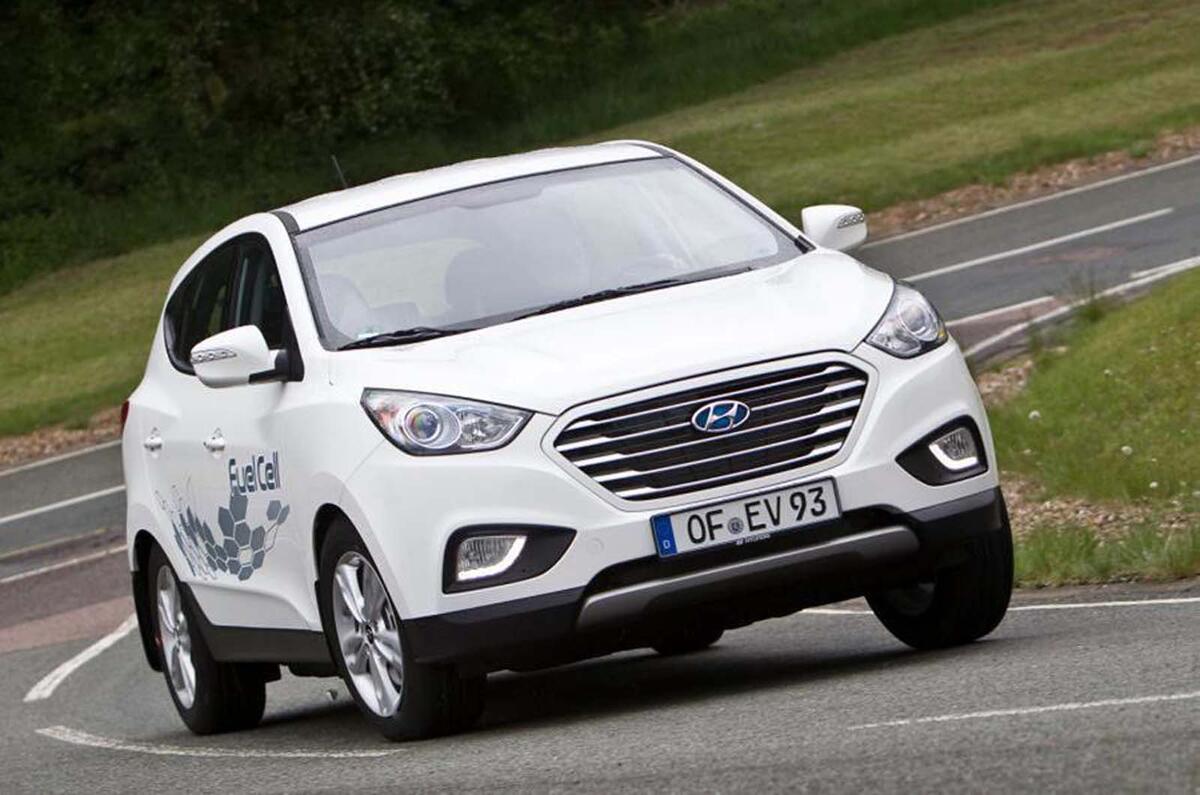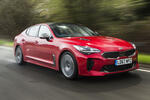Hyundai-Kia has built a dedicated proving ground to develop autonomous vehicles and is targeting global leadership in the technology it admits it has been slow to develop to this point.
The vast 276-acre site, close to Hyundai-Kia’s existing Namyang proving ground in Seosan, South Korea, is run by the Hyundai-owned Mobis supplier firm, which has been contracted to develop autonomous vehicles.
The current fleet of autonomous vehicles, based on domestic market Kia K5 (Optima) saloons, are called M.Billy, which stands for Mobis Intelligent Learning Library. The fleet is a small one – just three vehicles across Korea, the US and Europe – but it will expand to 20 in 2019.
The autonomous development is being overseen by ex-Daimler-Chyrsler, Siemens and Conitental engineer Gregory Baratoff, who said Hyundai Mobis was a long way behind German firms in developing its own radars, cameras and sensors that are key to ensuring autonomous vehicles can operate, as well as the software that runs them.
Hyundai-Kia and VW Group join forces on hydrogen fuel cell development
He expects it’ll be 2021 before Hyundai Mobis’s Level 2 autonomous technology is a match for the German technology firms. “We’re behind the curve at the moment,” he said. “It’ll take four years to internalise the key technology and catch up with the likes of Bosch and Continental.”
From 2021-2025 it will then develop the most advanced Level 3-5 systems that will are needed to allow fully autonomous driving – should legislation ever allow it. Mobis than plans to commercialise the technology to sell to other companies, as well as use on Hyundai-Kia’s own vehicles.



Join the debate
Harry Hillstart
The Irony...
... of having to 'push' for autonomous technology
Add your comment